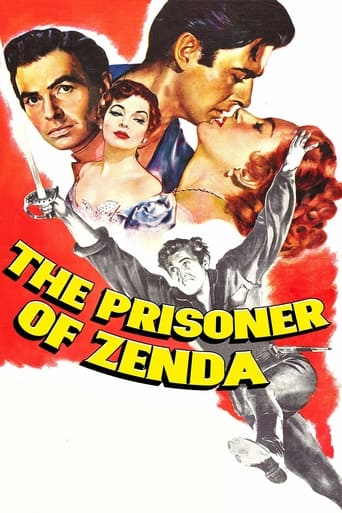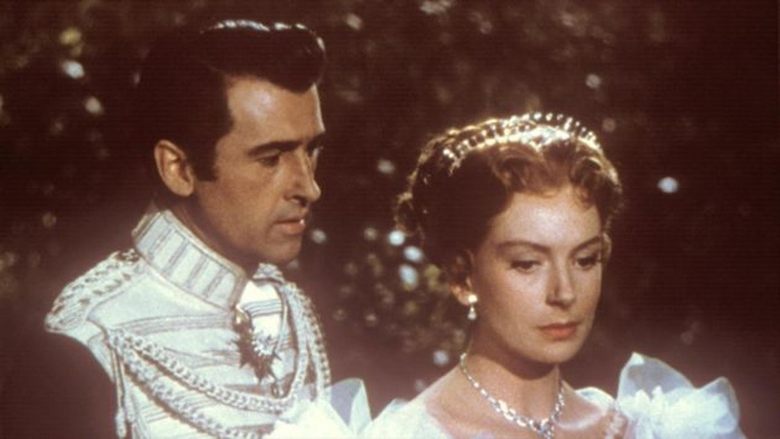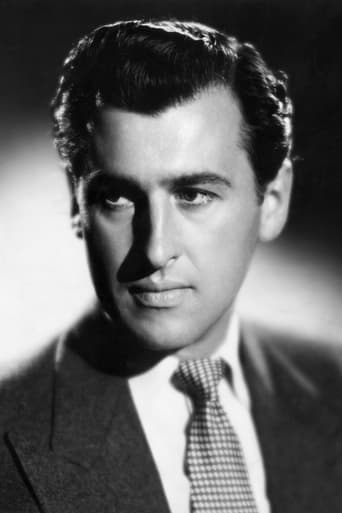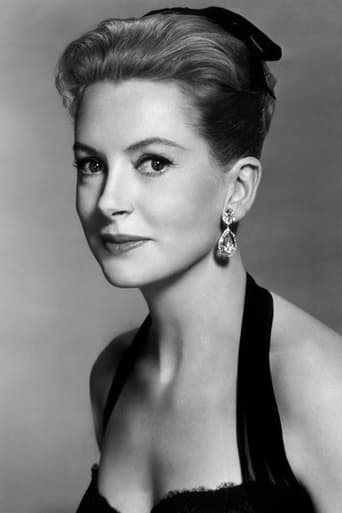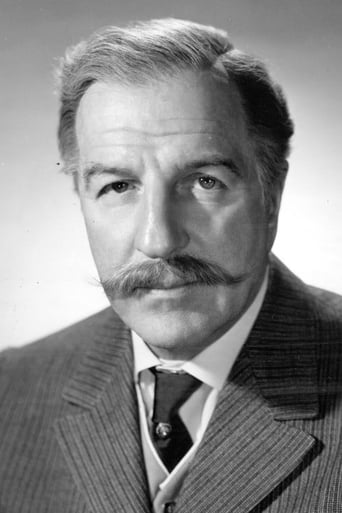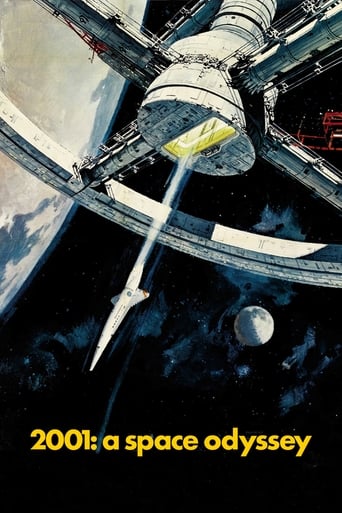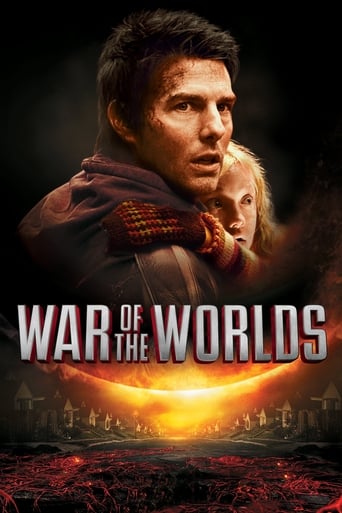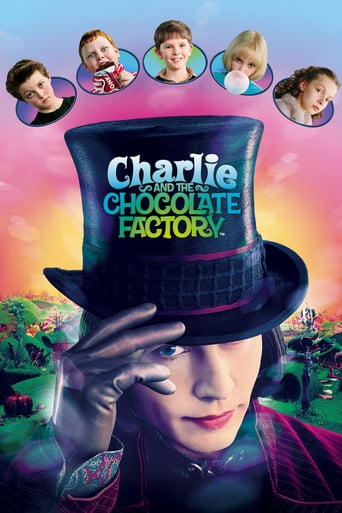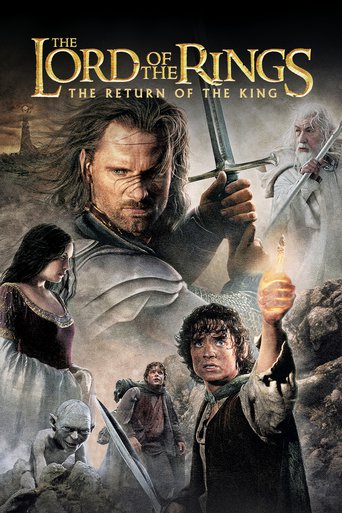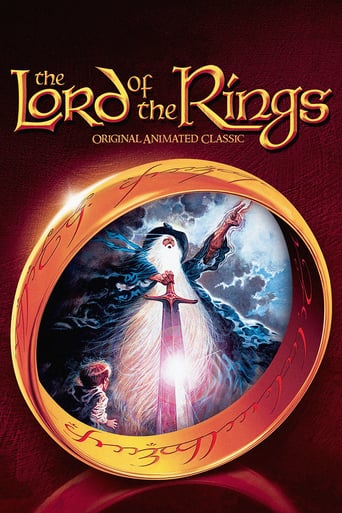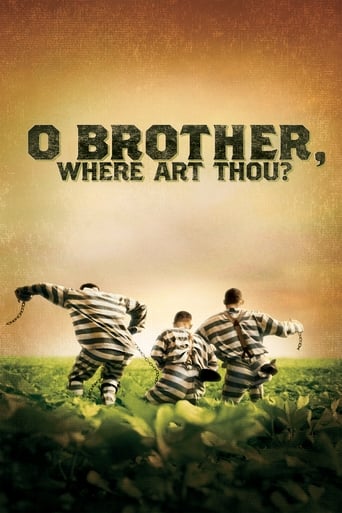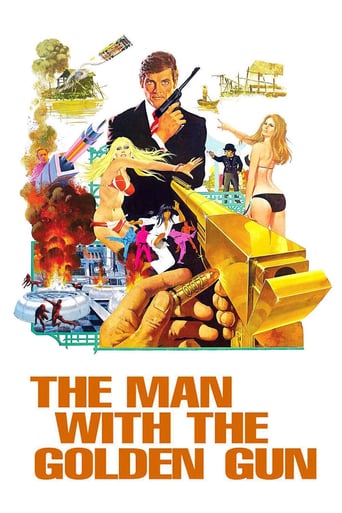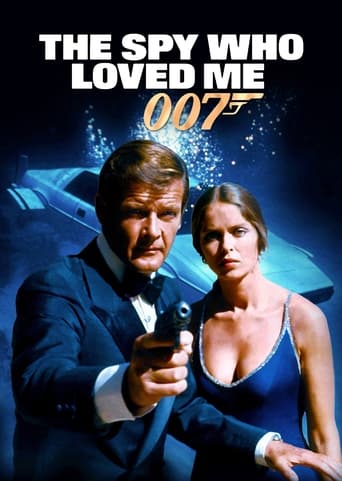The Prisoner of Zenda (1952)
An Englishman vacationing in Ruritania is recruited to impersonate his cousin, the soon-to-be-crowned king after the monarch is drugged and kidnapped.
Watch Trailer
Cast


Similar titles
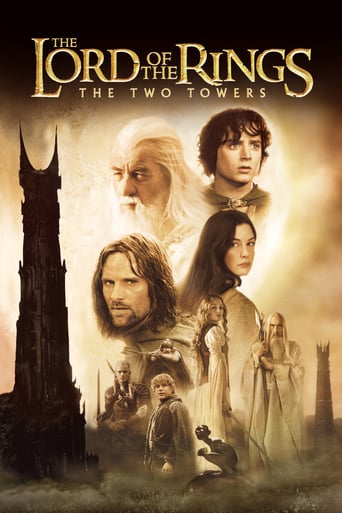
Reviews
One of my all time favorites.
Just perfect...
Tells a fascinating and unsettling true story, and does so well, without pretending to have all the answers.
Funny, strange, confrontational and subversive, this is one of the most interesting experiences you'll have at the cinema this year.
Director Richard Thorpe's vigorous remake of the 1937 "Prisoner of Zenda, itself a remake of the 1922 silent "Prisoner of Zenda," boasts one major advantage over the classic Ronald Colman version, namely, four-time Oscar winning cinematographer Joseph Ruttenberg's dazzling Technicolor photography. Costume movies are the rare exception to the rule when it comes to color. They always look better in color. Stewart Granger is suitably heroic as the swashbuckling protagonist, and he seems more ideally cast as a leaping and lunging swordsman than Colman. Nothing against Ronald Colman but he seemed a little too old to be playing an athletic protagonist in the spirt of either Douglas Fairbanks, Sir., or Errol Flynn. Meanwhile, James Mason--incredibly enough--doesn't overshadow Douglas Fairbanks, Jr., in the role of amoral Rupert. Mind you, Mason later became a bigger star than both Granger and Fairbanks, but he seems more thuggish. Louis Calhern is just as good as C. Aubrey Smith, but Robert Douglas pales by comparison with Raymond Massey as Michael, Duke of Strelsau. Aside from these quibbles, this "Prisoner of Zenda" is essentially a scene-for-scene remake, with some variation incorporated in Thorpe's use of camera set-ups and pacing. If you see this version before you watch the 1937 version, you may prefer it simply because of the vibrant Technicolor. Deborah Kerr is definitely an asset as the Princess Flavia.
All the color in the world, and even Deborah Kerr, can't remove the Curse of Coleman from this movie. Once you have seen the Ronald Coleman version and the color he adds from his acting, you will find yourself wishing for it all through this pale excuse of a remake. Nothing else will do.There are nice touches such as the coronation scene. And if I hadn't been spoiled by seeing what the film could have really been in the earlier version I might even enjoy it. But it is just not possible with the shallow acting here and the dragging plot. It sinks into being just a B movie schmaltz story instead of the exciting adventure it should have been. BUt here everything from plot to actors to set decoration is like watching a rouged up corpse at a wake. You can pretty it up all you want but it is dead after all the efforts.Save yourself two hours of your life and spend it instead watching the Ronald Coleman version. You will never regret it.
On the face of it, "The Prisoner of Zenda" has everything a swashbuckler could require to make it a glorious success: a star-studded cast with previous form, Technicolour pageantry, MGM production values, an Alfred Newman score, a classic story of self-sacrificing heroism... not to mention a setting that's not only generically but genuinely Ruritanian! But on viewing it again after a lapse of some years, I find that it still doesn't work for me; and there doesn't seem to be any obvious reason why.There were in fact *two* films released in 1952 starring Stewart Granger in sword-fighting heroics: one of them -- enchanting, bittersweet, dancing of wit and of blade, and featuring what was to become one of the most famous fight sequences in screen history -- was, of course, "Scaramouche". The other was "The Prisoner of Zenda"... and somehow, in every aspect that melded together to produce the classic that was its counterpart, it never quite catches up. Swashbucklers should spring lightly; this one has gloss, but a certain stilted air.Stewart Granger differentiates his dual roles admirably, to the extent that I caught myself becoming sceptical as to the actual resemblance between the two supposed doubles! His final duel is as athletic as any in his screen career, although the plot demands dogged defence rather than flashing brilliance; indeed, the outcome is refreshingly unconventional. However, I didn't find Rudolf Rassendyll to be one of his more memorable characters.It was James Mason, sporting an incongruous Prussian bullet-head haircut, who was the real disappointment for me. No stranger to charismatic villainy in the likes of "The Man in Grey", "Fanny by Gaslight" or "The Wicked Lady", he is here oddly lacking in Rupert of Hentzau's essential perverse charm, in what should have been a scene-stealing part. The other male characters are little more than one-dimensional down to Duke Michael's villainous limp, although Louis Calhern makes an upright Colonel Zapt.The women fare better. Deborah Kerr is sweet, fiery and entirely convincing as Princess Flavia, next in line to the throne, and Jane Greer is more than equal to the pivotal role of Antoinette de Mauban, whose complex motives prove the key to the whole plot.Ultimately, I found this a decent film, but not as outstanding as it should have been, given its constituent parts. It isn't the best work of any of the actors involved. I am reminded of Zoltan Korda's re-make of his own "Four Feathers" as the widescreen "Storm of the Nile": the story (and indeed in that case the script) is the same, but the spark is missing.Given the parallels, I must admit that I'm now very curious as to how the 1937 "Prisoner of Zenda" -- which I've never seen -- stands up in comparison! This one is a plush literary adaptation, but lacks the rollicking rapier-edge of laughter and daring that characterise the great classics of its genre.
Well it's a lot more colorful than the more familiar 1937 version, mainly because it's shot in Technicolor. Otherwise it's an almost shot-for-shot remake. If there were any changes in the dialog they slipped past the transcendental unity of my apperception.So if the story is the same, and the dialog is the same, and the direction is almost the same, where are the differences between the 1937 and the 1954 versions? There are some slight differences in the staging and direction. The most notable is in the climactic sabre duel between James Mason as Rupert and Stewart Granger as Rudolf. This one lasts longer and is better staged. More use is made of furniture and there are more dramatic touches. And the wardrobe in this scene is a bit more splashy in the case of Stewart's character. Here he wears a rather dashing dark blue outfit accented by a designer silver dagger at his hip. In the earlier version poor Ronald Coleman was stuffed into a homely and somewhat raggedy looking woolen turtleneck sweater.And the principle parts are played by different actors and actresses so there are additional variations on the theme of intrigue, action, and love in Ruritania. Jane Greer is comelier than Mary Astor was. Robert Douglas is a sneering villain, much like Raymond Massey, his predecessor, but brings less character to the role. Douglas simply can't sneer with such complete contempt as Massey did, but then hardly anybody could. Deborah Kerr perhaps wins by a nose over Madeleine Carrol in the part of Flavia. She looks just fine and is appealingly breathless and helpless whereas Carrol, though beautiful, played her stock part as if it were a stock part. A man might love her and want to ravish her but he would also want to protect Kerr. The guy playing Fritz is without distinction while David Niven in 1937 was a memorable sidekick.Stewart Granger seemed to be stuck in Errol Flynn's pictures in Hollywood, as he is here, and doesn't have a chance to invest much of his considerable talent in the role of the play actor. And although he maintains an amused distance from the proceedings he isn't full of gaiety and doesn't chuckle so often as Ronald Coleman did. His tall, solid, muscular figure does suggest a man more suited to physical action than Coleman.I enjoyed James Mason as the sardonic villain. He's got the same lines as Douglas Fairbanks, Jr., in the 1937 version but he gives them a very different twist. Fairbanks was all smiles, laughter, devil-may-care, reckless. Mason's every sentence begins with a high contemptuous whine -- awwwmmmm. He still smiles a lot, but it's an evil calculating smile, as if he truly believes he sees through all the social ritual and is able to read the dark and dreadful desires in each human soul. And, as in earlier versions, he's given by far the most engaging lines. When he tells Robert Douglas that the real king has been replaced by a ringer, he adds that it may be hard to believe that two people could look so much alike, "But I knew twin sisters once who -- but that's another story." Fairbanks was like a child misbehaving. Mason is like a supercilious snob.I enjoyed it as much as I did the 1937 version and I suppose many others did too. Santa Maria, the hoary story has been remade so many times that we have to wonder if it's not time for still another rendition to be trotted out. Perhaps its announcement has been delayed because no one is able to figure out exactly how to fit a car chase and an exploding fireball into a story set in Mitteleuropa in 1903. Maybe they can update it. Instead of being a REAL king, somebody can play the King of the White House. And they can change the title to, "The Prisoner of Karl Rove."

